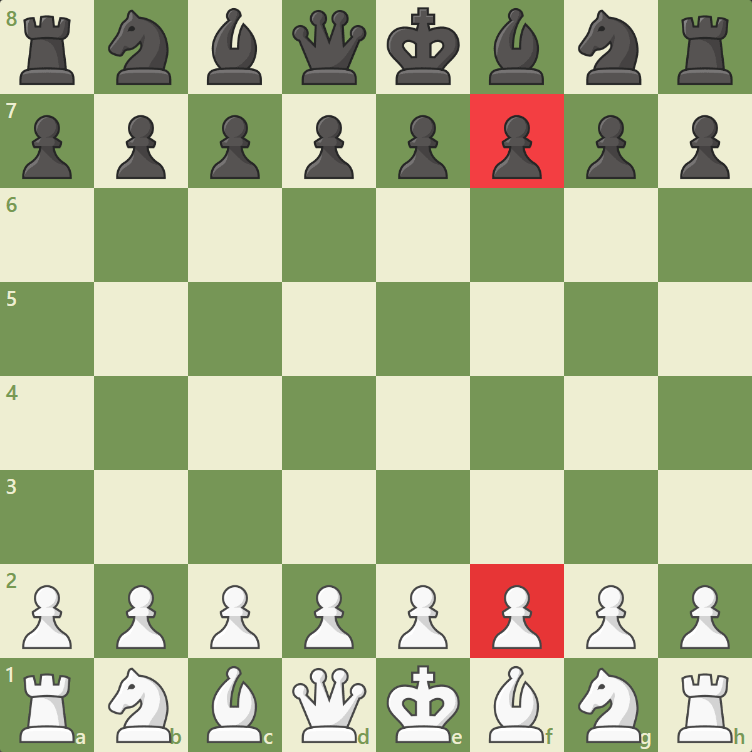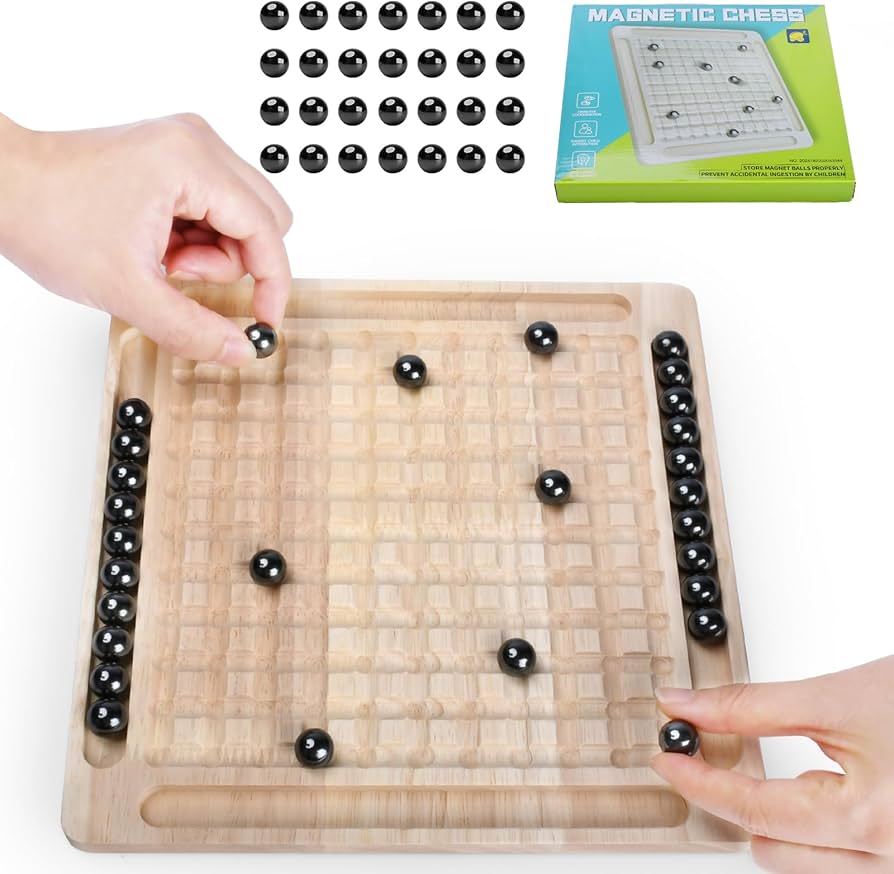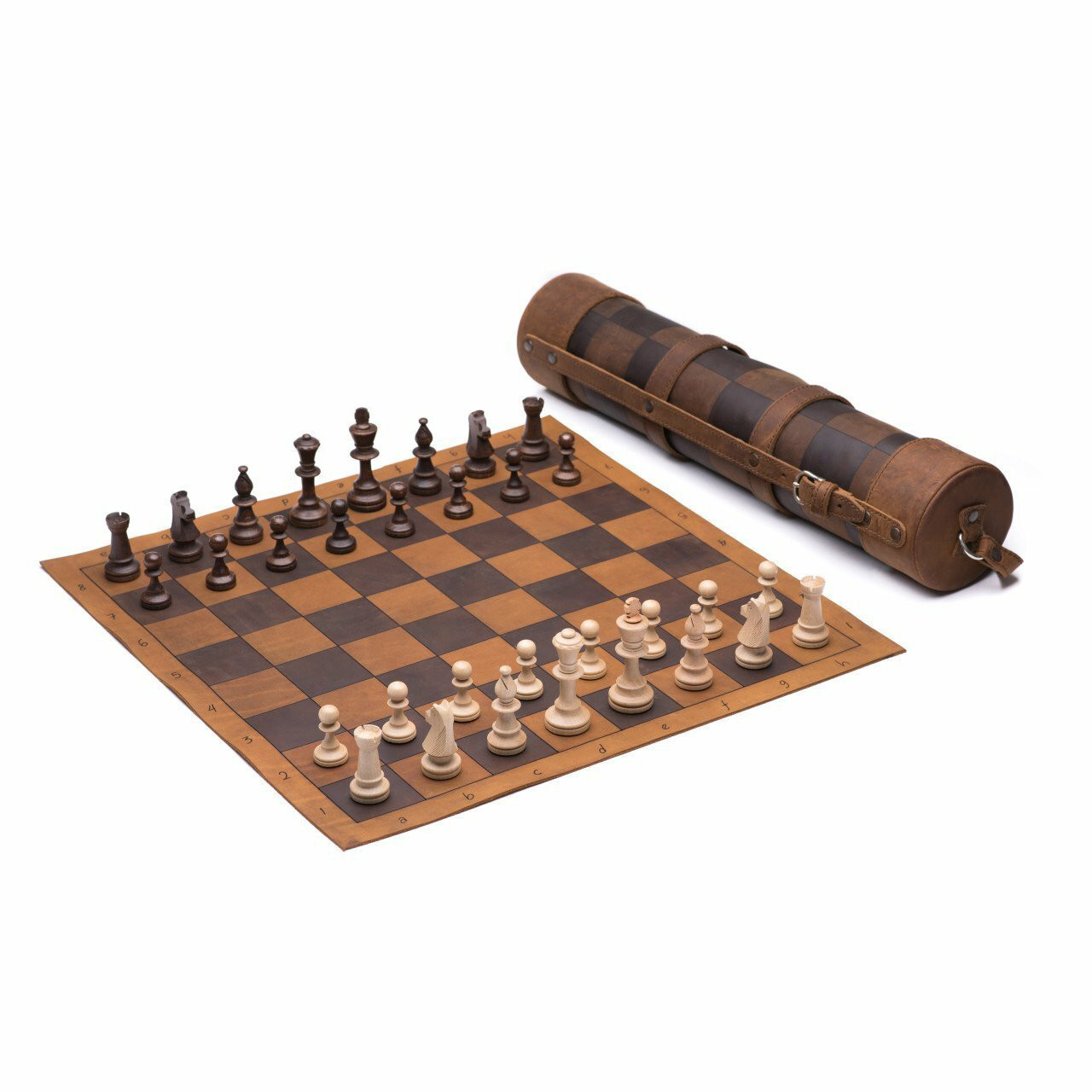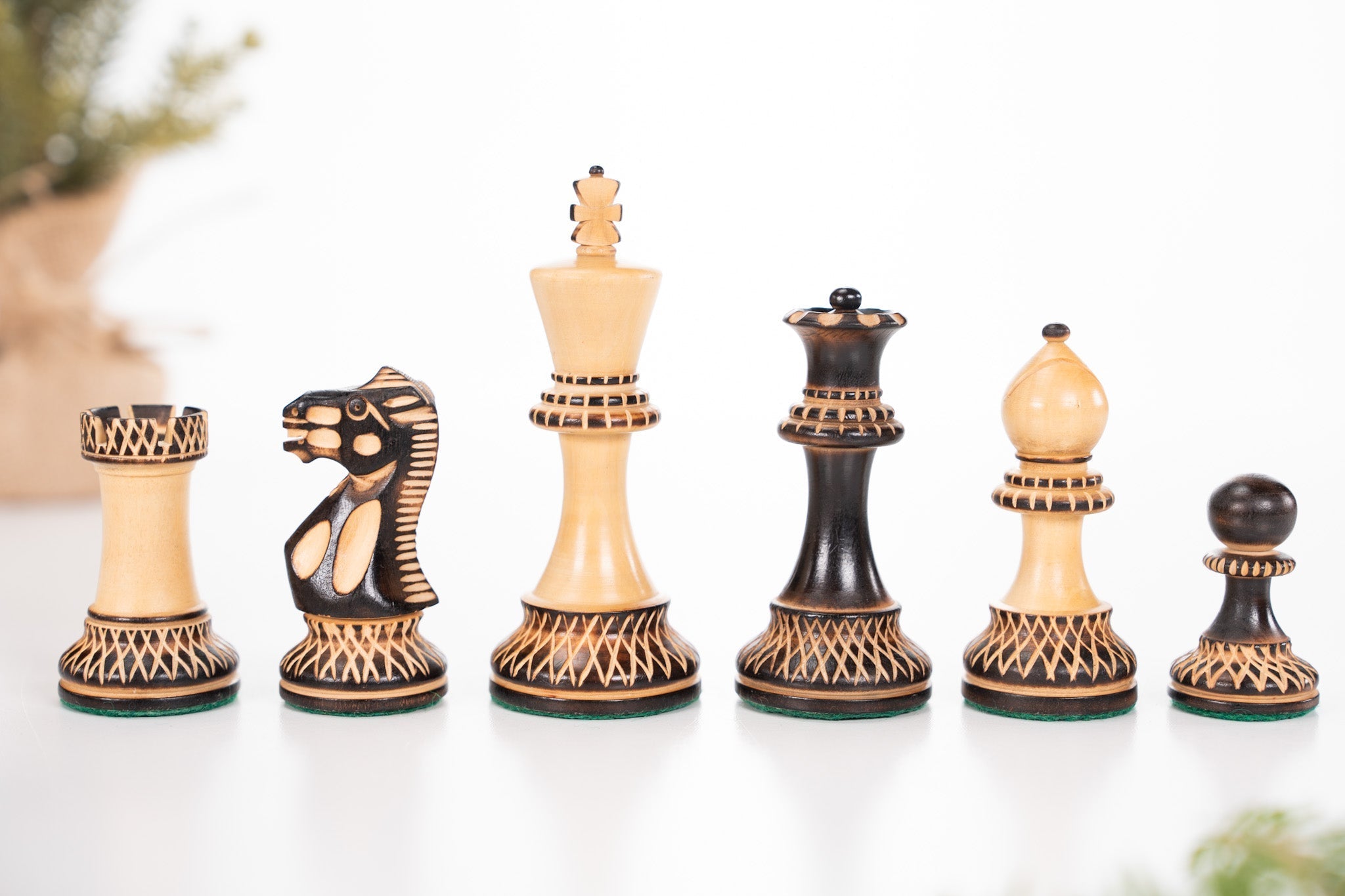Keeping your king safe in chess is vital. It can determine the game’s outcome.
In the fascinating world of chess, every piece plays a crucial role, but none is more important than the king. Protecting your king is the primary goal, as losing the king means losing the game. Understanding the tactics to keep your king safe can enhance your gameplay significantly.
This guide explores essential strategies to safeguard your king, ensuring you stay ahead in your game. Whether you’re a beginner or a seasoned player, these tips will help you fortify your defenses and navigate through challenging situations. Let’s dive into the key principles of king safety in chess.
Opening Moves
The opening moves in chess are crucial for ensuring the safety of your king. Proper execution of these moves sets up a strong defense and lays the foundation for a successful game. Let’s explore the key aspects of opening moves, focusing on pawn structure and piece development.
Pawn Structure
Establishing a solid pawn structure is essential for protecting your king. Your pawns should create a barrier around your king, preventing easy access by your opponent.
- Move the central pawns first: e4 or d4 for White, e5 or d5 for Black.
- Develop pawns in front of the king: f2-f3, g2-g3, h2-h3 for White, and f7-f6, g7-g6, h7-h6 for Black.
- Avoid premature pawn moves: Moving pawns too early can create weaknesses.
Consider the following common pawn structures:
| Opening | Pawn Structure |
|---|---|
| King’s Pawn Opening | e4, d4 |
| Queen’s Pawn Opening | d4, c4 |
Piece Development
Proper piece development is vital for a strong defense. Developing your pieces effectively ensures that they protect your king while controlling key squares.
- Develop knights before bishops: Knights are more versatile and can defend better.
- Castle early: Castling moves your king to safety and connects your rooks.
- Activate your rooks: Place them on open files to support your other pieces.
Follow these principles for effective piece development:
- Knights to f3, c3 (for White) or f6, c6 (for Black).
- Bishops to c4, f4 (for White) or c5, f5 (for Black).
- Queen to d2, connecting the rooks.
Remember, each move should contribute to the overall goal of keeping your king safe. Planning your opening moves carefully can give you a strong defensive position from the start.
Castling Strategies
In chess, keeping your king safe is crucial. One of the best ways to protect your king is by using castling strategies. Castling is a special move that helps you safeguard your king and connect your rooks. There are two main types of castling: kingside castling and queenside castling. Let’s explore each one in detail.
Kingside Castling
Kingside castling involves moving your king two squares towards the rook on the kingside. Then, the rook moves to the square next to the king. This strategy often makes your king safe quickly. Here are the steps for kingside castling:
- Ensure the squares between the king and rook are empty.
- The king and rook must not have moved before.
- Make sure the king is not in check.
After castling, your king is usually behind a wall of pawns. This makes it harder for your opponent to attack. The rook also becomes more active and can support other pieces.
Queenside Castling
Queenside castling is similar to kingside castling but happens on the queenside. Here, the king moves two squares towards the queenside rook, which then moves next to the king. Queenside castling has its own benefits. Here are the steps for queenside castling:
- Ensure the squares between the king and rook are empty.
- The king and rook must not have moved before.
- Make sure the king is not in check.
Queenside castling often results in a more balanced position. The king is placed closer to the center, and the rook becomes active. This strategy can be useful in certain game situations.
Both castling strategies have their own advantages. The choice between kingside and queenside castling depends on the game situation and your overall strategy. By castling, you can keep your king safe and position your rooks for action. Remember to always consider your king’s safety and the activity of your rooks when choosing a castling strategy.
Midgame Tactics
Midgame tactics in chess often dictate the outcome of the game. Effective midgame tactics help maintain the safety of your king. They also ensure control over the center of the board. This section will cover essential strategies to achieve both.
King Safety
Keeping the king safe in the midgame is crucial. Always be aware of potential threats. Avoid unnecessary pawn moves around your king. They create weak spots. Use your pieces to shield the king. Knights and bishops can act as bodyguards. Consider castling if you haven’t already. It moves your king to a safer spot.
Center Control
Controlling the center is key in the midgame. It grants you better mobility. Place your pawns in the center. Use knights and bishops to support them. Controlling the center restricts your opponent’s moves. It also opens up opportunities for attacks. A strong center often leads to a safer king.

Credit: chessfox.com
Endgame Positioning
In chess, the endgame is critical. Here, the positioning of your king can decide the game. Knowing how to keep your king safe is vital. This section covers key strategies for endgame positioning.
King Activity
In the endgame, the king becomes powerful. Unlike the middle game, it should be more active. Move your king towards the center of the board. This gives it more influence. Avoid keeping your king on the back rank. An active king can support pawns and control key squares.
Opposition
Understanding opposition is crucial. It involves placing your king directly opposite your opponent’s king. This creates a barrier. The opponent’s king cannot advance without your king moving. Use this tactic to control important squares. It can prevent the opponent’s king from entering your territory.
Common Threats
In chess, keeping your king safe is crucial. Many common threats can put your king in jeopardy. Knowing these threats helps you protect your king and win the game. Let’s explore two of the most frequent dangers: Back Rank Mate and Knight Forks.
Back Rank Mate
Back Rank Mate is a common threat. It happens when your king is trapped on the back rank. Usually, this is the first or eighth rank. Your own pawns block the escape routes. The enemy rook or queen delivers the checkmate.
Here is an example:
| Position | Threat |
|---|---|
| King on e8, Pawns on f7, g7, h7 | Rook on e1 moves to e8 |
To prevent this, ensure there is space for your king. Move a pawn to create an escape route. Always be aware of the back rank.
Knight Forks
Knight Forks are another threat. A knight attacks two or more pieces at once. The king is often one of the targets. The unique movement of the knight makes this attack hard to avoid.
Consider this scenario:
- Knight on f6
- King on e8
- Rook on d8
The knight moves to e4, attacking both the king and the rook.
To avoid Knight Forks, keep your pieces spread out. Do not place high-value pieces close to each other. Always watch the knight’s potential moves.
Understanding these common threats helps you keep your king safe. Stay vigilant and aware of these dangers during your game.

Credit: www.youtube.com
Defensive Techniques
Keeping your king safe is crucial in chess. Employing effective defensive techniques can help you protect your most important piece. Let’s explore some strategies to ensure your king’s safety on the board.
Blocking
Blocking is one of the simplest defensive techniques. Place a piece between your king and the attacking piece. This can stop the threat immediately. Use pawns, knights, or even bishops to block attacks. Positioning your pieces wisely can prevent your opponent’s moves from reaching your king.
Counterattacking
Counterattacking is a smart way to defend your king. By attacking your opponent’s pieces, you can divert their focus. This can force them to change their strategy. Aim for their key pieces to create pressure. Counterattacks can turn a defensive position into an offensive one. Always keep an eye on your king’s safety while counterattacking.
Advanced Strategies
Keeping the king safe in chess involves strategic positioning and careful planning. Utilize your pawns and pieces to build a strong defense. Be mindful of potential threats and always anticipate your opponent’s moves.
Fortress Building
In the game of chess, creating a fortress is a powerful defense strategy.
Zugzwang
Zugzwang is a crucial concept where any move a player makes weakens their position.
In the realm of advanced chess strategies, fortress building stands as a formidable defense tactic. It involves creating an impenetrable stronghold that thwarts the opponent’s advances. Zugzwang, on the other hand, is a critical principle where any move a player makes puts them at a disadvantage. Mastering these advanced strategies can elevate your game to new heights and pave the path to victory.Psychological Aspects
Keeping your king safe in chess is not just about strategy. The psychological aspects play a crucial role. Understanding your own mindset and reading your opponent’s can make a significant difference. Let’s explore two key areas: Patience and Opponent Reading.
Patience
Patience is vital for protecting your king. Rushing your moves can lead to mistakes. Wait for the right moment to make your move. Here are some tips to help you stay patient:
- Take your time: Think through each move carefully.
- Stay calm: Keep your emotions in check.
- Think ahead: Plan several moves in advance.
Consider using a timer to practice patience. Spend a set amount of time on each move. This helps build the habit of thinking thoroughly before acting.
Opponent Reading
Reading your opponent’s intentions is another key aspect. By understanding their strategy, you can better protect your king. Here are some strategies for reading your opponent:
- Observe their moves: Look for patterns in their play.
- Watch their body language: Non-verbal cues can be telling.
- Analyze their past games: Study their previous strategies.
Pay close attention to the opening moves. These can often reveal the opponent’s overall strategy. Adapting your defense based on their style can give you a significant advantage.

Credit: www.chess.com
Conclusion
Protecting your king is vital in chess. Always stay alert and think ahead. Simple moves can save your game. Prioritize king safety over risky attacks. Keep your pieces close for defense. Practice regularly and learn from each game. Stay patient and focused.
Good strategy leads to success. Remember, a safe king means a strong position. Keep these tips in mind for better play. Happy gaming!







